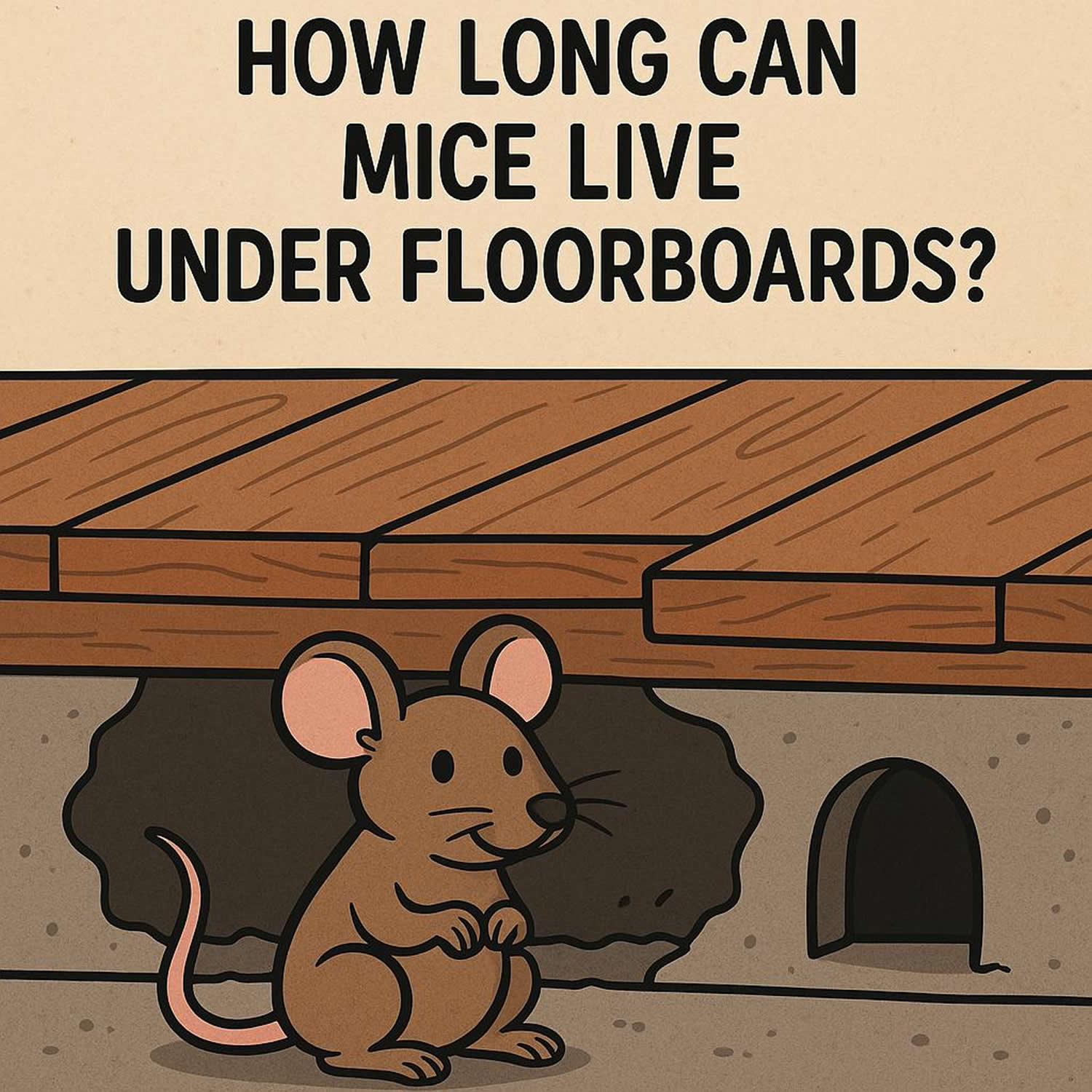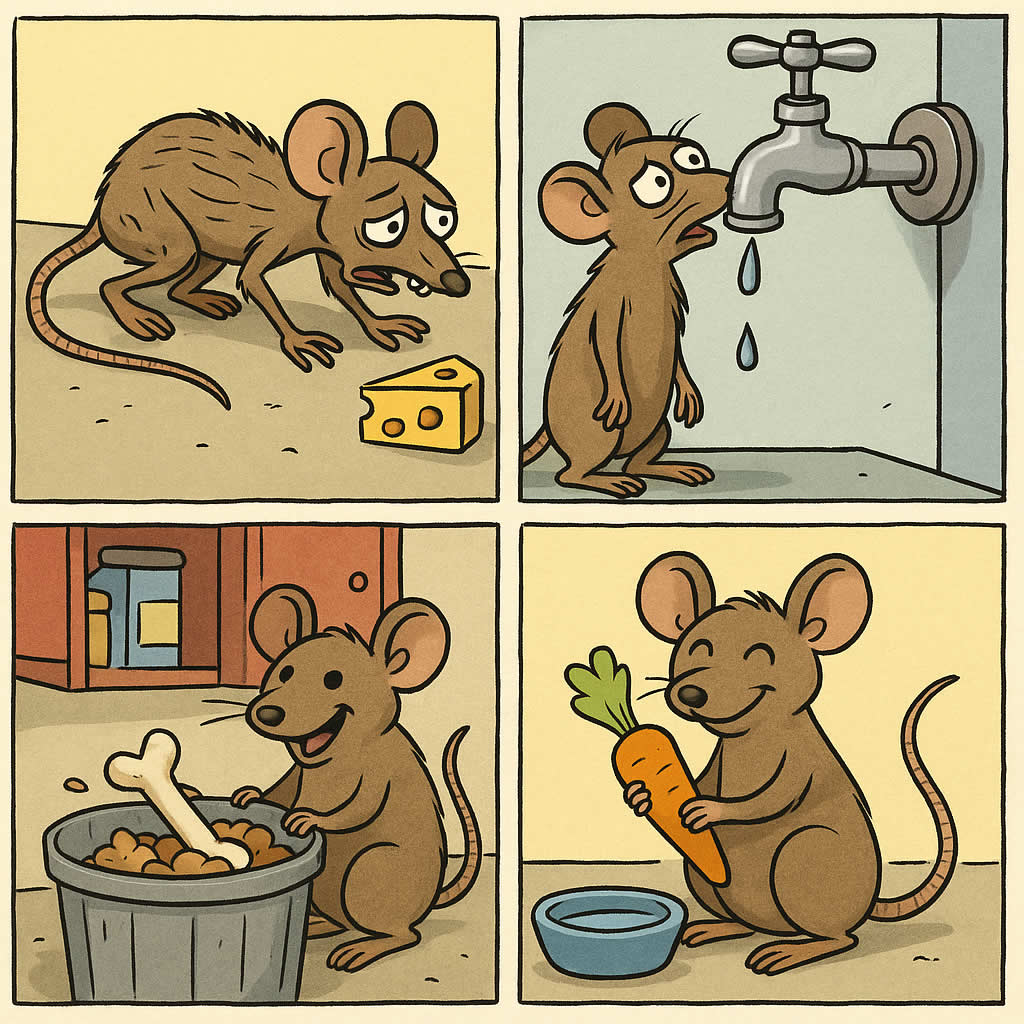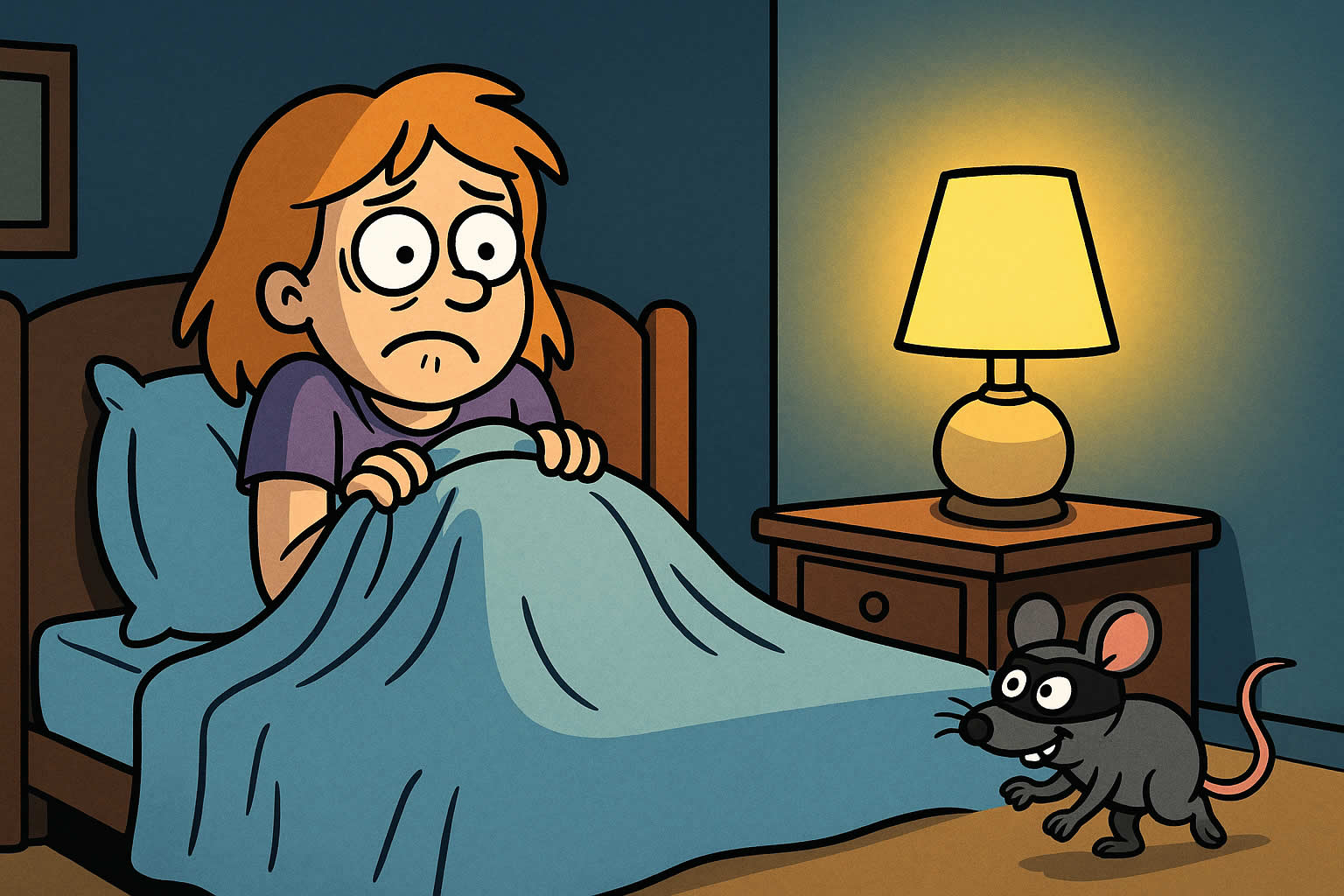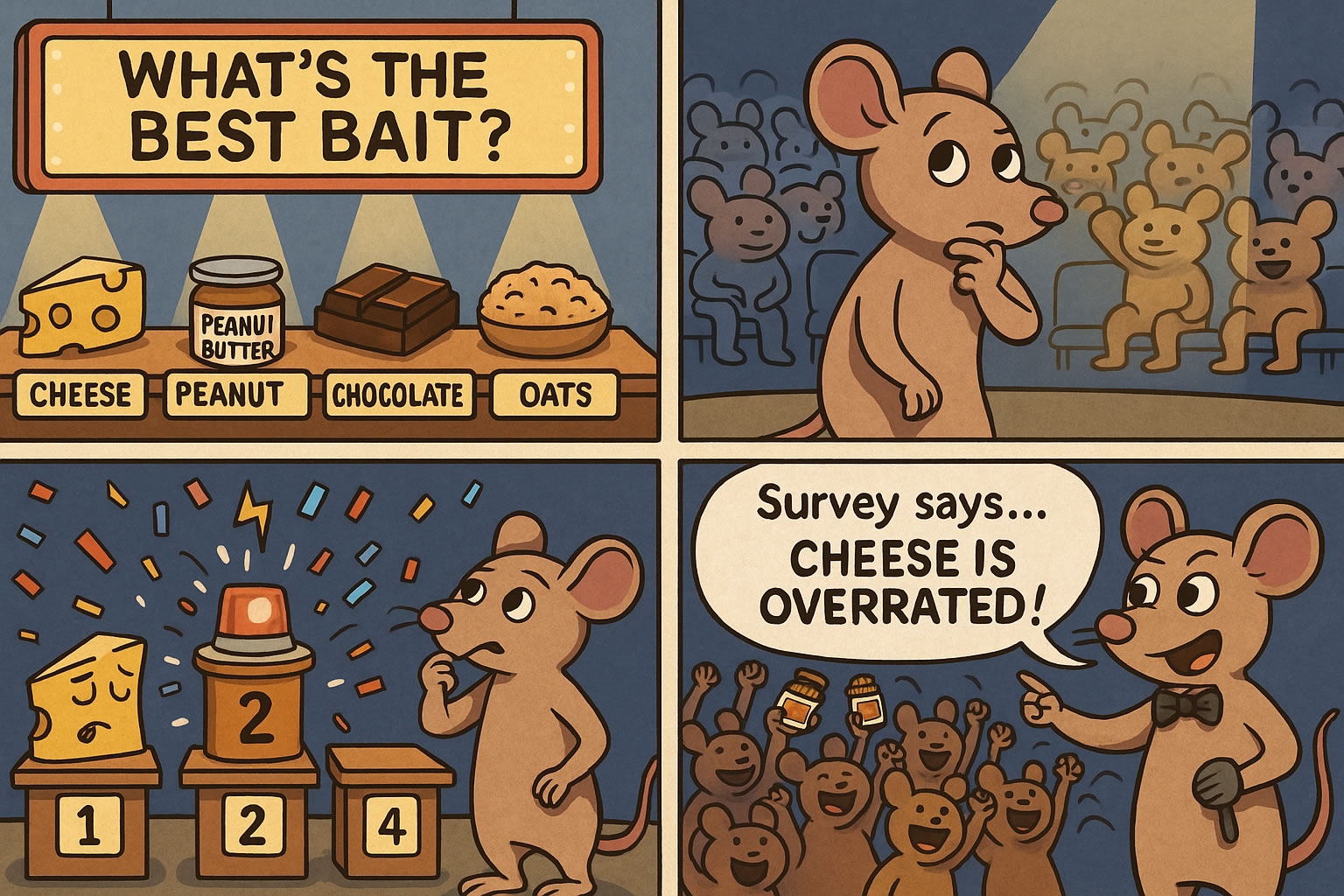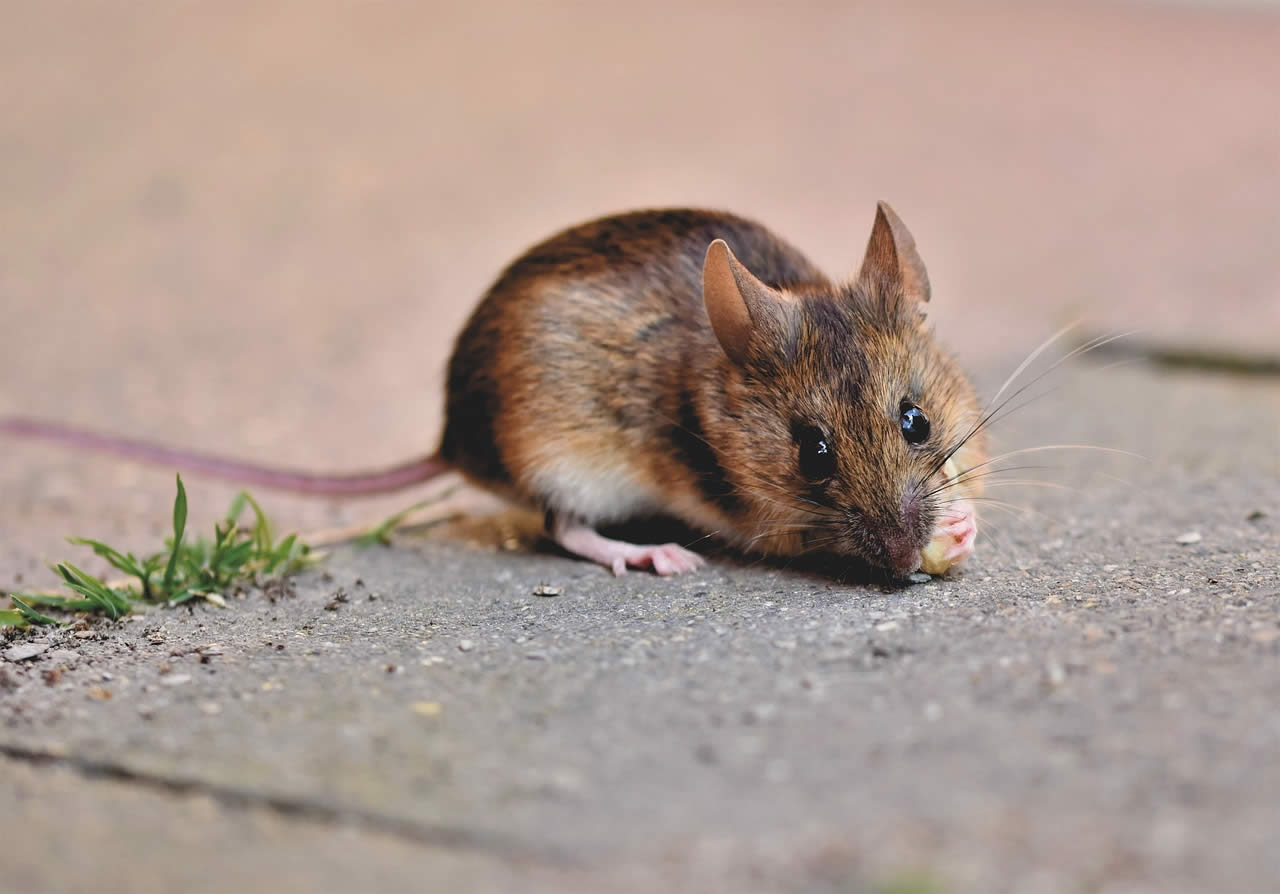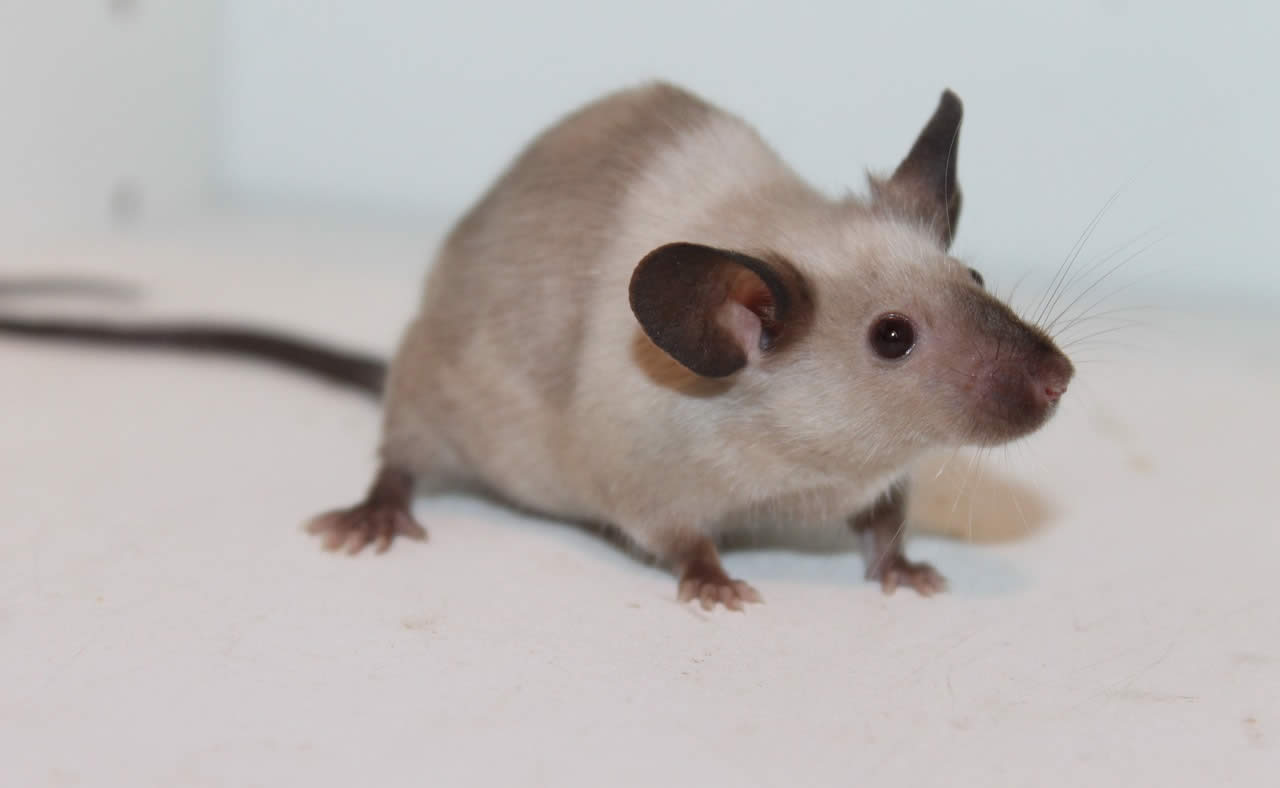Related Queries
ToggleMice under your floorboards can be a real problem. You might hear them scratching around, maybe even smell them if they’ve made a mess. But how long can they actually survive under there? Knowing this can help you understand what you’re dealing with and plan how to get rid of them.
What Makes Mice Choose to Live Under Floorboards?
Mice end up under your floorboards for a few reasons:
- Safety and Shelter: Under the floor is dark, hidden, and usually quiet – perfect for a small animal looking to avoid predators.
- Warmth: Floorboards, especially those above heated rooms, can offer a cosy spot.
- Access to Food: If they can easily get in and out, mice can use your home as a reliable food source.
Mice are small, curious creatures that can squeeze through gaps as small as 6mm. That means even a tiny crack in the skirting board or a loose floorboard can become a doorway for them.
How Long Can Mice Survive Without Food and Water Under Floorboards?
Mice are survivors, but they do have limits. How long they can live under your floorboards depends on two main things – food and water.
- Without Food: Mice can only survive for about 2 to 4 days without food. They are not designed to go without eating for long. They have fast metabolisms, which means they need a steady supply of calories.
- Without Water: Mice can get most of the moisture they need from their food, but if they have no access to water-rich food, they may only last a few days.
If they have access to food crumbs, stored pantry items, or even pet food, they can survive for weeks or months under the floor.
What Do Mice Eat Under Floorboards?
Mice are not picky. If they are living under your floor, they will make do with whatever they can find. This might include:
- Crumbs or bits of food that have fallen between the cracks.
- Pet food stored on the floor.
- Spilt cereals, pasta, or other dry foods.
- Even gnawing on materials like wood or plastic if they are desperate.
If they find a way in and out, they may not even rely on what’s directly under the floor. Instead, they might come up at night to scavenge in your kitchen or other rooms.
Do Mice Breed Under Floorboards?
Yes, and this is a big problem. Mice are known for their fast breeding cycle. A female mouse can start breeding at around six weeks old and can have up to ten litters a year. Each litter can have around five to fourteen babies.
If you have one mouse under your floorboards, it can quickly turn into a whole nest. This is why it’s important to act as soon as you suspect you have mice.
How Can You Tell If Mice Are Living Under Your Floorboards?
Not seeing them doesn’t mean they are not there. Mice under the floor can still leave signs of their presence:
- Scratching Noises: Especially at night, when they are most active.
- Droppings: You might find small, dark droppings near gaps in the skirting boards or under appliances.
- Gnaw Marks: Mice have to chew constantly to keep their teeth from overgrowing.
- A Strange Smell: A strong, musky odour can build up if mice are nesting.
If you notice any of these signs, it’s worth investigating.
How Long Can Mice Live If Trapped Under Floorboards?
If mice get trapped under your floor – maybe because they can’t find a way out – their survival depends on a few things:
- Access to Food: If they can reach food, they can keep going for a while.
- Access to Water: If there is moisture or even condensation, they can last longer.
- Space and Air: A small, sealed space can cause them to run out of air, but that’s rare in most homes.
If a mouse is completely trapped with no food or water, it will likely die within a week. But if they have access to food or even a small water source, they could last weeks.
What Happens When Mice Die Under Floorboards?
This is the part no one wants to think about, but it’s important. If a mouse dies under your floorboards, you will probably know about it. Here’s what can happen:
- The Smell: A dead mouse can produce a strong, unpleasant odour. This can last a week or two, depending on the size of the mouse and the conditions.
- Maggots and Flies: The body can attract insects, which can become another problem.
- Staining: In some cases, fluids from the body can stain ceilings below or other surfaces.
This is why it’s important to deal with a mouse problem as soon as you know about it.
Can Mice Cause Damage Under Floorboards?
Yes, mice can cause a surprising amount of damage under your floor. They are known for:
- Gnawing on Wood: To keep their teeth sharp, mice will chew on wood, which can weaken your floorboards.
- Chewing Wires: Mice can chew through electrical cables, which is a serious fire risk.
- Building Nests: Using insulation, paper, or any other material they can find, mice can create a messy, flammable nest.
- Spreading Droppings: Mouse droppings can carry bacteria and viruses, creating a health risk.
If you leave them unchecked, the damage can become serious.
How Do You Get Rid of Mice Under Floorboards?
If you think you have mice under your floor, there are a few things you can do:
- Block Access Points: Seal any gaps in skirting boards, floorboards, and walls. Use metal mesh where possible, as mice can chew through many materials.
- Use Traps: Place snap traps or humane traps in areas where you think the mice are active. Make sure they are placed safely, especially if you have pets or children.
- Remove Food Sources: Store food in sealed containers, keep floors clean, and don’t leave pet food out overnight.
- Consider Professional Help: If the problem is serious, you may need a pest control expert.
How Can You Prevent Mice From Getting Under Floorboards?
Stopping mice before they become a problem is always better than dealing with them later. Here’s how you can do that:
- Seal Gaps: Use sealant, wire wool, or metal mesh to block any potential entry points.
- Store Food Properly: Use sealed containers and clean up crumbs straight away.
- Clear Clutter: Mice love hiding in clutter, so keep areas tidy.
- Check Your Home Regularly: Look for any signs of mice, especially in unused spaces.
By making your home less attractive to mice, you can save yourself the stress of an infestation.
Should You Worry About Mice Under Floorboards?
Mice are more than just a nuisance. They can damage your home, spread disease, and make a lot of noise. If you leave them under your floor, they can become a much bigger problem. The sooner you deal with them, the easier it will be.
Whether you’ve heard scratching, noticed droppings, or just want to make sure your home is secure, taking action now can save you a lot of trouble later. Keep your floors clean, seal up any gaps, and stay alert for any signs of these tiny invaders.
Pest Control Ridgmont – Pest Control Great Barford – Pest Control Cranfield
